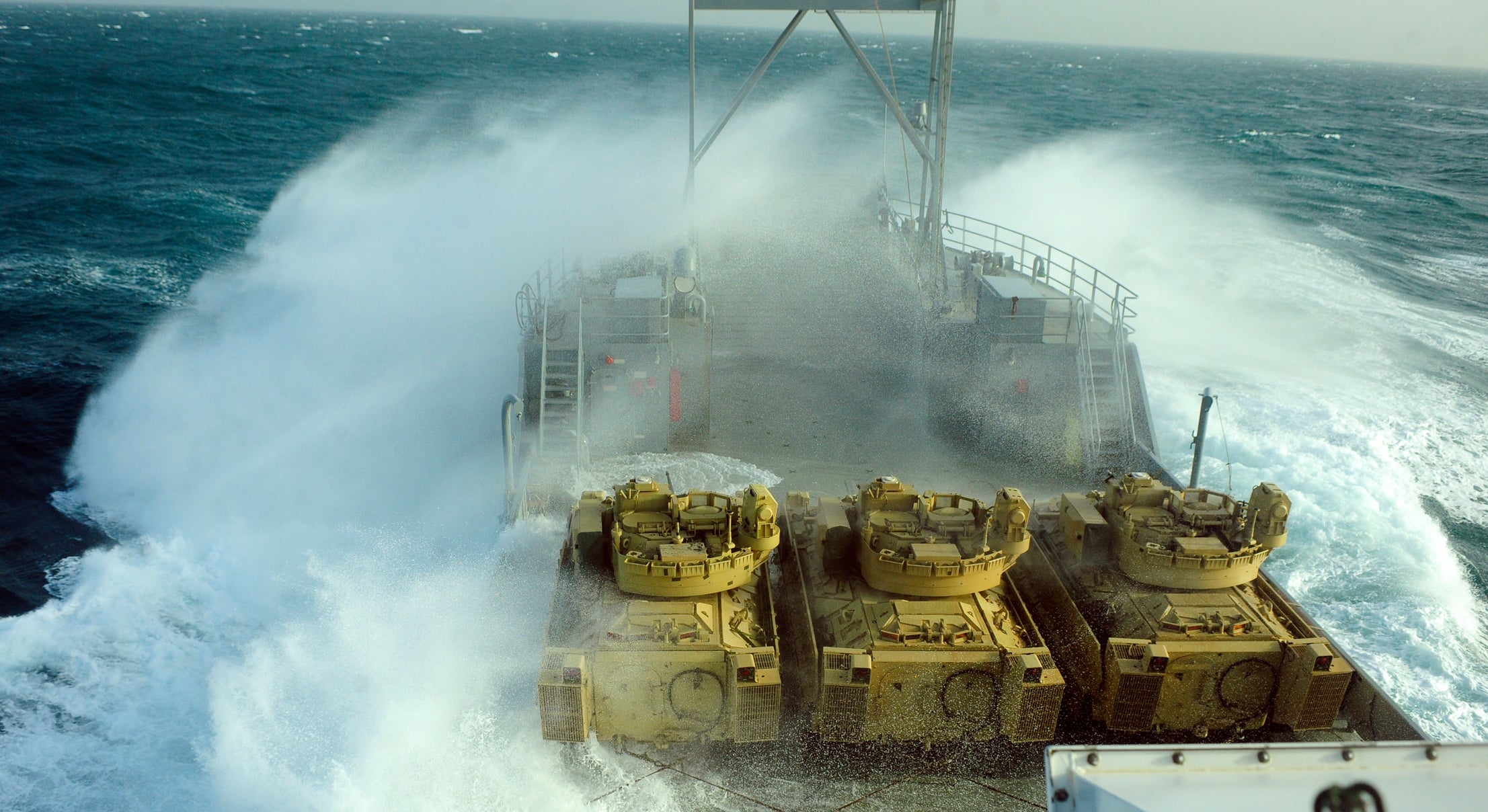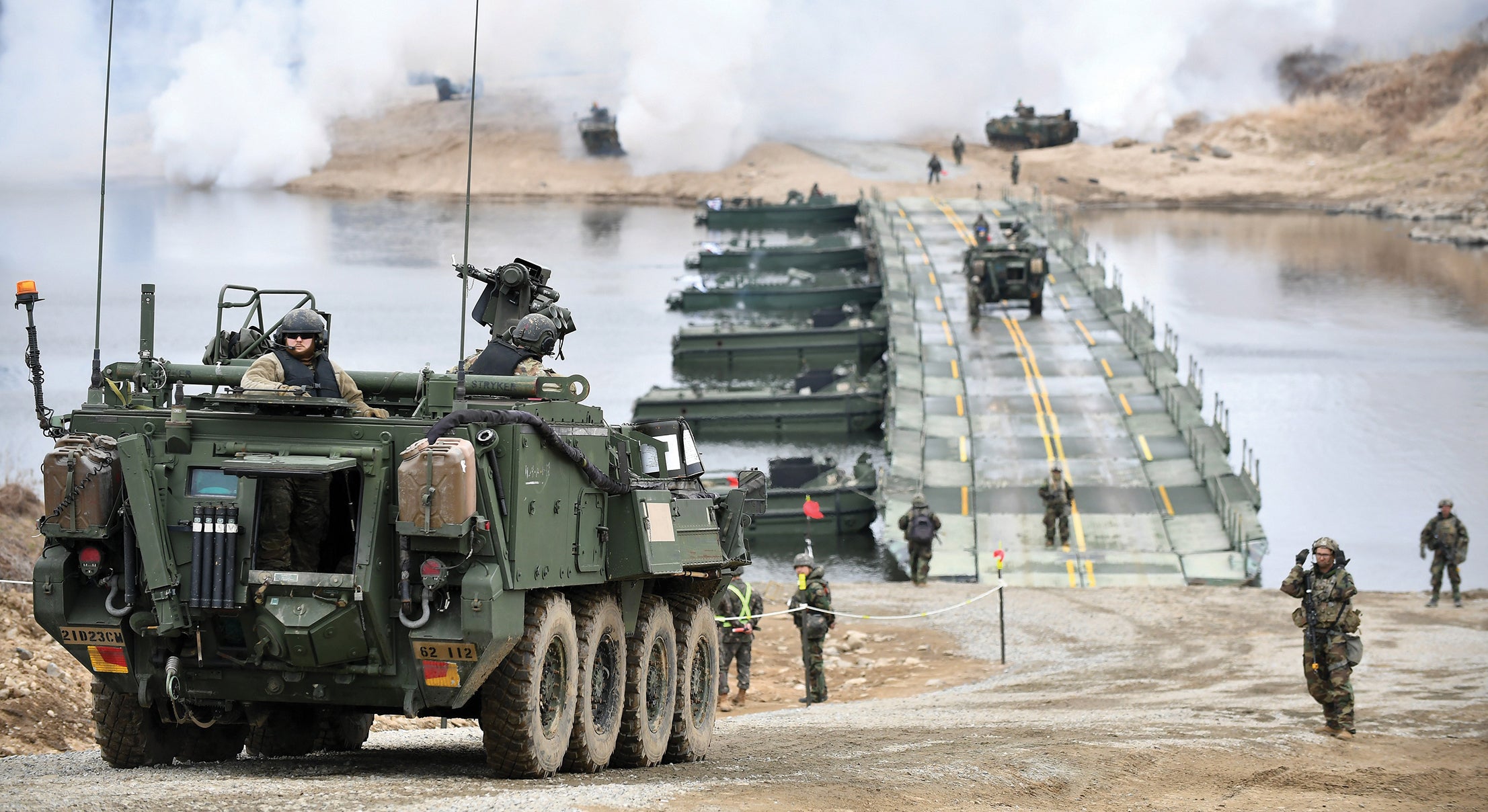FILIP TIMOTIJA
Israel Defense Forces (IDF) said they made over 100 arrests in the Nasser Hospital raid, the main health facility in Khan Younis, a city in southern Gaza.
In addition to the arrests, the IDF said they found weapons inside the hospital while searching for Hamas militants — who they believe took over the medical facility as a base. The military also killed multiple gunmen near the facility, per post on Telegram.
Gaza’s Health Ministry said the Israeli troops “arrested a large number of medical staff from inside the Nasser Medical Complex, which it has turned into a military barracks, according to the Washington Post.
The effort by the IDF is part of a multi-day raid of the health complex which kickstarted Thursday. After issuing evacuation warnings, Israeli troops entered the hospital after saying they had credible intelligence that suggested bodies of hostages might be in the complex. Hamas has denied allegations that its fighters use hospitals for cover.
The raid has heightened concerns about the safety of medical workers and Palestinians, who were in the hospital, using the facility for shelter. As many as 10,000 people were at the hospital earlier this week, according to Reuters. Many left because of the orders from the IDF to evacuate.
The United Nations’ human rights office voiced their worries about the Israeli raid, saying it came “after a week-long siege which cut off medical, food and fuel supplies.”
“The raid appears to be part of a pattern of attacks by Israeli forces striking essential life-saving civilian infrastructure in Gaza, especially hospitals,” the office said Thursday.
The IDF has not recovered any bodies so far, but told the Post in a statement that it is “well documented” that Hamas “uses hospitals and medical centers for its terror activities.”
At least 28,000 people have been killed since the Israel-Hamas war started in October, according to the Gaza health officials.

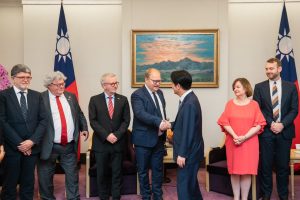
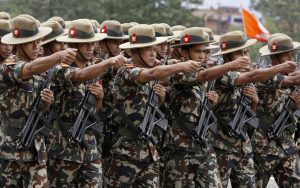


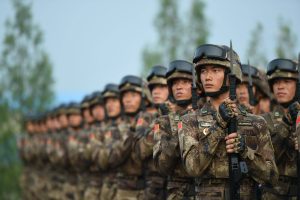
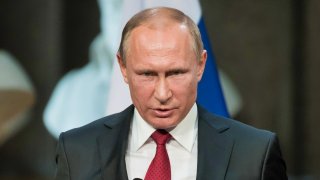
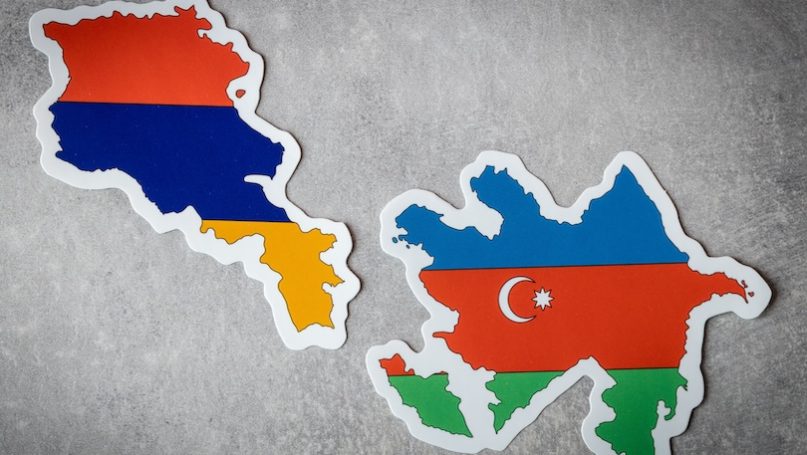
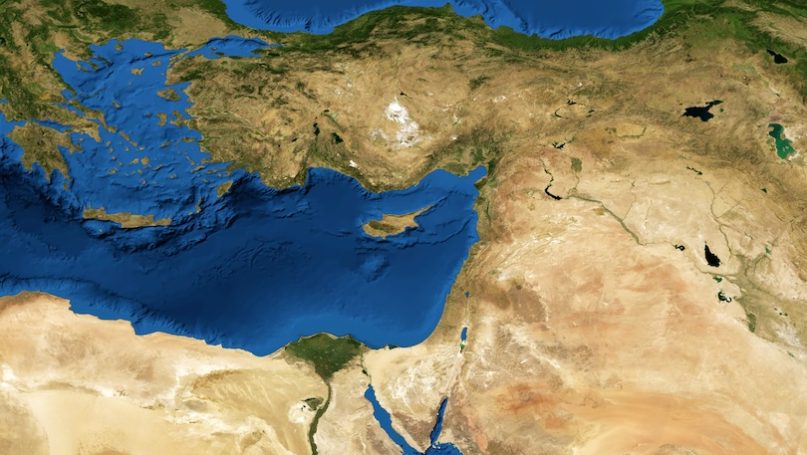



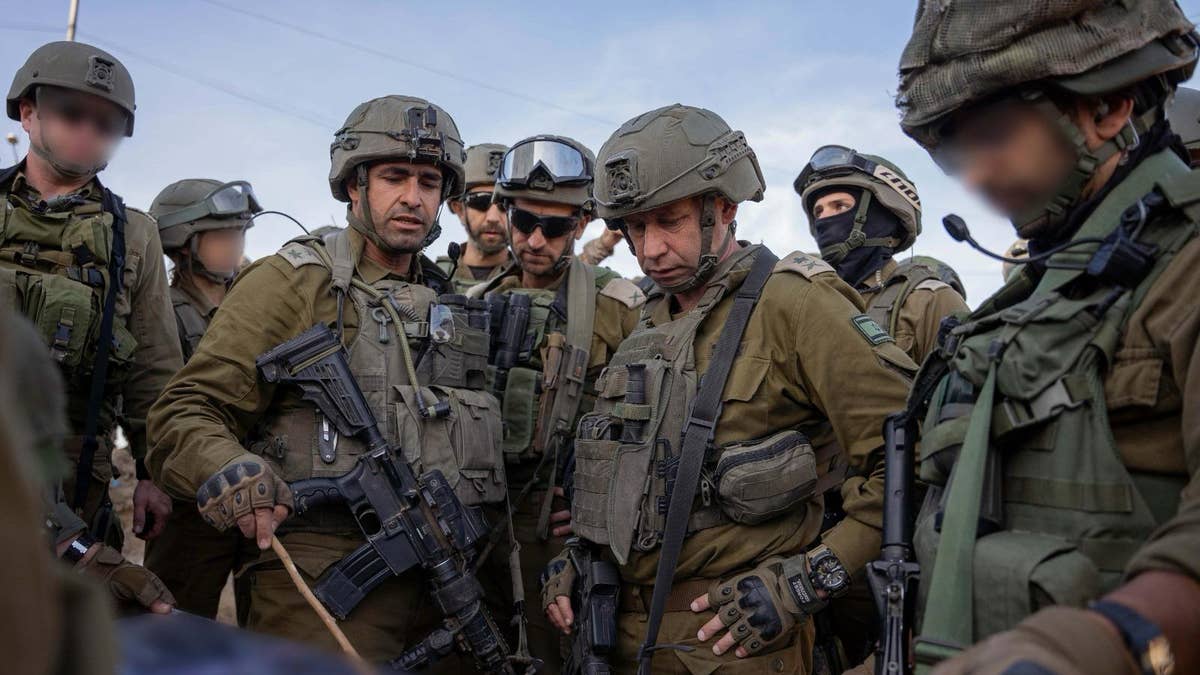
:quality(70)/cloudfront-us-east-1.images.arcpublishing.com/archetype/PFGECGS56VHORPKUZ7GT6CTP2U.jpg)



